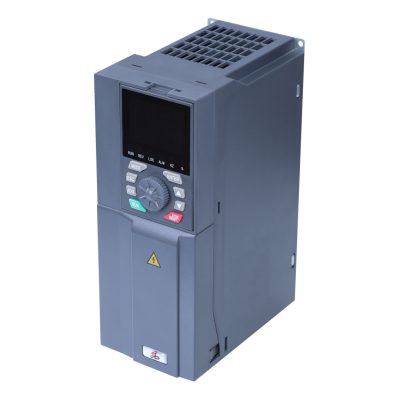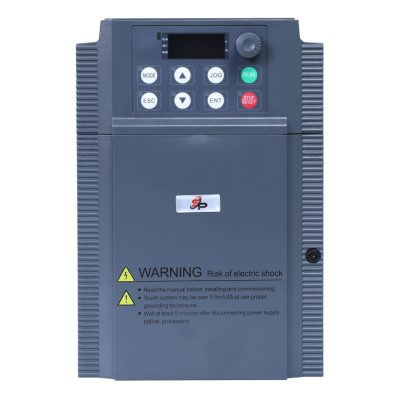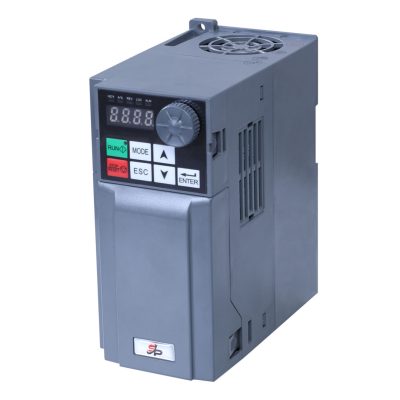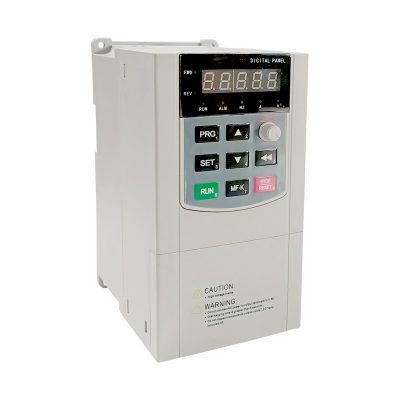What is a Drive?
A Variable Frequency Drive (VFD) is a type of motor controller that rotates the electric motor by adjusting the frequency and voltage applied to it. Other names for VFD include variable speed drive, adjustable speed drive, adjustable frequency drive, AC drive, microdrive, and inverter. Frequency (Hz) is directly related to motor speed (RPM); in other words, increasing frequency causes the motor to rotate faster and changes its RPM.
If you need an electric motor to operate below its nominal full speed, use a VFD to reduce voltage and frequency according to the load requirements. Thus, a VFD easily increases or decreases speed via frequency and voltage to match our needs.
Why Do We Use a VFD?
- Adjust motor speed (RPM) based on load
- Extend the lifespan of rotating components due to lower startup speed
- Reduce energy consumption, especially at low speeds
- Enable braking with reduced losses
- Connect to industrial networks such as PROFIBUS
- Issue commands via PID controller
- Control and command via computer interface
- Reduce noise and vibration
- Minimize thermal and mechanical stress
Features of VFD Series V70
- DC input: 80 to 800 volts
- Drives pumps from 0.75 KW to 160 KW with AC voltage from 100 to 380V
- MPPT (Maximum Power Point Tracking) function with 99.9% efficiency
- Motor dry-run protection (UNDER LOAD)
- Maximum current protection for the motor
- Input power protection for the drive
- Low stop frequency protection
- PQ (Power/Current) performance curve enables calculation of pump output current
- Fully automatic digital control for data storage and protective functions
- Intelligent Power Module (IPM) in the main circuit
- Supports LED display and remote control
- Dual AC/DC power input support
- Water shortage detection sensor and water level control function
- Operating temperature range: −10˚ to +50˚ Celsius









Reviews
There are no reviews yet.